 W
WThe Australian bushfire season ran from late December 2008 to April/May 2009. Above average rainfalls in December, particularly in Victoria, delayed the start of the season, but by January 2009, conditions throughout South eastern Australia worsened with the onset of one of the region's worst heat waves. On 7 February, extreme bushfire conditions precipitated major bushfires throughout Victoria, involving several large fire complexes, which continued to burn across the state for around one month. 173 people lost their lives in these fires and 414 were injured. 3,500+ buildings were destroyed, including 2,029 houses, and 7,562 people displaced.
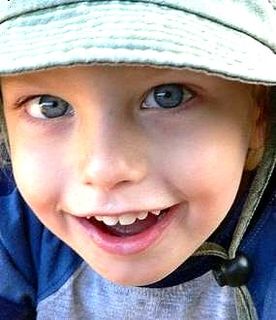 W
WLuke Anthony Borusiewicz was a toddler in Queensland, Australia, who died while under foster care administered by the Department of Community Services (DOCS), an agency of the Department of Communities, Queensland.
 W
WThe 2009 Australian dust storm, also known as the Eastern Australian dust storm, was a dust storm that swept across the Australian states of New South Wales and Queensland from 22 to 24 September 2009. The capital, Canberra, experienced the dust storm on 22 September, and on 23 September the storm reached Sydney and Brisbane. Some of the thousands of tons of dirt and soil lifted in the dust storm were dumped in Sydney Harbour and the Tasman Sea.
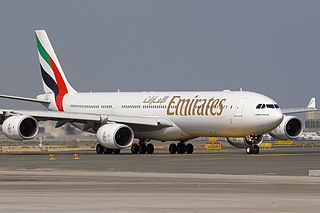 W
WEmirates Flight 407 was a scheduled international passenger flight operated by Emirates from Melbourne to Dubai, using an Airbus A340-500 aircraft. On 20 March 2009, the flight failed to take off properly at Melbourne Airport, hitting several structures at the end of the runway before eventually climbing enough to return to the airport for a safe landing. Although no fatalities or injuries resulted, damage to the aircraft was severe enough for the event to be classified by Australian Transport Safety Bureau as an "accident". It has been described "as close as we have ever come to a major aviation catastrophe in Australia" by aviation officials.
 W
WThe 2009 Australian federal budget for the Australian financial year ended 30 June 2010 was presented on 12 May 2009 by the Treasurer of Australia, Wayne Swan, the second federal budget presented by Swan, and the second budget of the first Rudd Government. Swan commented that the budget would be tougher than in previous years. "Projected government revenue has fallen by $200 billion since the last budget because of the global economic crisis."
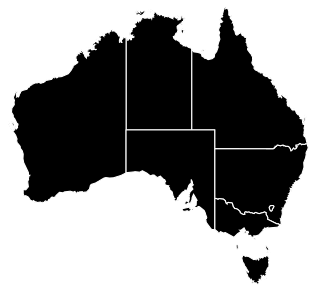 W
WAustralia had 37,537 confirmed cases of H1N1 Influenza 2009 and 191 deaths reported by Department of Health but only 77 deaths reported by the Australian Bureau of Statistics. The actual numbers are much larger, as only serious cases warranted being tested and treated at the time. Suspected cases have not been reported by the Department of Health and Ageing since 18 May 2009 because they were changing too quickly to report. Sources say that as many as 1600 Australians may have actually died as a result of this virus. On 23 May 2009 the federal government classified the outbreak as CONTAIN phase except in Victoria where it was escalated to the SUSTAIN phase on 3 June 2009. This gave government authorities permission to close schools in order to slow the spread of the disease. On 17 June 2009 the Department of Health and Ageing introduced a new phase called PROTECT. This modified the response to focus on people with high risk of complications from the disease. Testing at airports was discontinued. The national stockpile of antiviral drugs were no longer made available to people with the flu unless there were more than mild symptoms or a high risk of dying.
 W
WGlenn McGrath is a 2009 statue by artist Brett "Mon" Garling. The work is installed in Tom Perry Park in Narromine, a town in the Orana region of New South Wales, Australia. The statue commemorates former Australian Test cricketer, Glenn McGrath. McGrath grew up in Narromine where he first played cricket. He holds the world record for the highest number of Test wickets by a fast bowler and is fourth on the all time list.
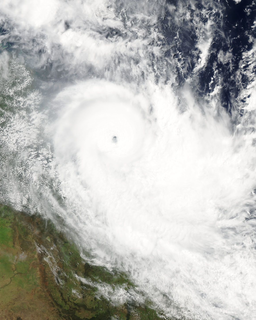 W
WSevere Tropical Cyclone Hamish was a powerful tropical cyclone that caused extensive damage to the Great Barrier Reef and coastal Queensland, Australia, in March 2009. The eighth named storm of the 2008–09 Australian region cyclone season, Hamish developed out of an area of low pressure on 4 March near the Cape York Peninsula. The storm rapidly developed into a Category 1 cyclone on the Australian intensity scale the next day. On 6 March, an eye developed, and Hamish strengthened into a Category 3 cyclone. Deep convection developed around the eye, fueling further intensification, which allowed the storm to become a Category 5 tropical cyclone late on 7 March. Hamish made its closest approach to land on 8 March, but continued moving southeastward. Eventually, the cyclone weakened and turned back towards the northwest, weakening into a remnant low on 11 March, before finally dissipating on 14 March.
 W
WSevere Tropical Cyclone Laurence of December 2009 was the first Category 5 tropical cyclone to make landfall in Australia, since Cyclone George in 2007.
 W
WThe Montara oil spill was an oil and gas leak and subsequent slick that took place in the Montara oil field in the Timor Sea, off the northern coast of Western Australia. It is considered one of Australia's worst oil disasters. The slick was released following a blowout from the Montara wellhead platform on 21 August 2009, and continued leaking until 3 November 2009, when the leak was stopped by pumping mud into the well and the wellbore cemented thus "capping" the blowout. The West Atlas rig is owned by the Norwegian-Bermudan Seadrill, and operated by PTTEP Australasia (PTTEPAA), a subsidiary of PTT Exploration and Production (PTTEP) which is in turn a subsidiary of PTT, the Thai state-owned oil and gas company was operating over on adjacent well on the Montara platform. Houston-based Halliburton was involved in cementing the well. The Montara field is located off the Kimberley coast, 250 km (160 mi) north of Truscott airbase, and 690 km (430 mi) west of Darwin. Sixty-nine workers were safely evacuated from the West Atlas jackup drilling rig when the blowout occurred.
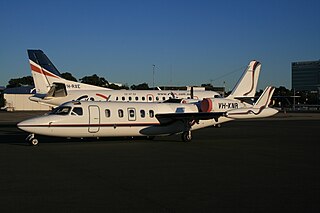 W
WThe 2009 Pel-Air Westwind ditching or Norfolk Island ditching was an aircraft accident on 18 November 2009 near Norfolk Island, Australia. A Westwind II jet operated by Pel-Air was conducting an air ambulance flight for CareFlight International when it was forced to ditch after being unable to land in bad weather and not having sufficient fuel to divert to an alternate destination.
 W
WSam, also known as Sam the Koala, was a female koala from the forests of Mirboo North, Victoria, Australia. She became publicly known when a video and photographs of her being rescued by a firefighter were distributed on the internet and through the media during the aftermath of the Black Saturday bushfires.
The 2009 southeast Queensland oil spill occurred off the coast of southeast Queensland, Australia on 11 March 2009, when 230 tonnes of fuel oil, 30 tonnes of other fuel and 31 shipping containers containing 620 tonnes of ammonium nitrate spilled into the Coral Sea, north of Moreton Bay during Cyclone Hamish. It happened after unsecured cargo on MV Pacific Adventurer damaged other cargo, causing the spillage. Over the following days, the spill washed ashore along 60 kilometres (37 mi) of coastline encompassing the Sunshine Coast, Moreton Bay, Bribie Island and Moreton Island.
 W
WThe 2009 southeastern Australia heat wave was a heat wave that commenced in late January and led to record-breaking prolonged high temperatures in the region. The heat wave is considered one of the, if not the, most extreme in the region's history. During the heat wave, fifty separate locations set various records for consecutive, highest daytime and overnight temperatures. The highest temperature recorded during the heat wave was 48.8 °C (119.8 °F) in Hopetoun, Victoria, a record for the state. Many locations through the region recorded all-time high temperatures including capital cities Adelaide, which reached its third-highest temperature, 45.7 °C (114.3 °F), and Melbourne, which recorded its highest-ever temperature on record, 46.4 °C (115.5 °F). Both cities broke records for the most consecutive days over 40 °C (104 °F), while Mildura, Victoria recorded an all-time record twelve consecutive days over 43 °C (109 °F).
 W
WThe Montara oil spill was an oil and gas leak and subsequent slick that took place in the Montara oil field in the Timor Sea, off the northern coast of Western Australia. It is considered one of Australia's worst oil disasters. The slick was released following a blowout from the Montara wellhead platform on 21 August 2009, and continued leaking until 3 November 2009, when the leak was stopped by pumping mud into the well and the wellbore cemented thus "capping" the blowout. The West Atlas rig is owned by the Norwegian-Bermudan Seadrill, and operated by PTTEP Australasia (PTTEPAA), a subsidiary of PTT Exploration and Production (PTTEP) which is in turn a subsidiary of PTT, the Thai state-owned oil and gas company was operating over on adjacent well on the Montara platform. Houston-based Halliburton was involved in cementing the well. The Montara field is located off the Kimberley coast, 250 km (160 mi) north of Truscott airbase, and 690 km (430 mi) west of Darwin. Sixty-nine workers were safely evacuated from the West Atlas jackup drilling rig when the blowout occurred.
 W
W